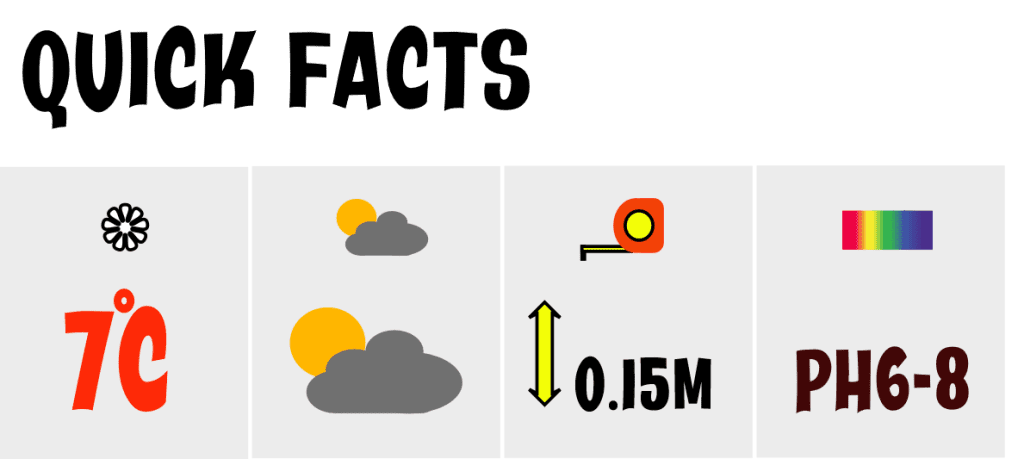If you are looking to add a display of succulents to your garden then you are surely going to be looking at growing echeverias. Their fleshy leaves, arranged in a stunning rosette, are just as eye catching as a solitary display as they are when put together with other plants.
Echeveria is a genus of about 150 species. Echeverias originate in Mexico and Central and South America. They are drought tolerant plants and have waxy or hairy leaves to help prevent water loss. They are mainly grown as a houseplant but will do well outside during the summer months.
They are easy to grow, being tolerant of poor soils and lack of water, making them the ideal plant for the more forgetful amongst us.
Plant in a position that has some shade during the brightest part of the day. Full sun all day can burn the leaves.
Plant in a very well drained soil with ph6. If keeping in a pot then add in some sand and perlite
Easy to grow during the summer outside. In the winter they must be taken into a frost free environment and can be treated as a house plant. They can tolerate lows of 2C to 5C but cannot withstand a hard frost. They can take quite high temperatures but do not like high humidity.
Echeverias can go for long periods without water but make sure that the soil has dried out before watering as they are susceptible to root rot.
They are easy to propagate too! You can either wait for an off shoot to appear and then gently separate from the mother plant in to it’s own pot, or just wiggle off a leaf, let it dry and then push in to compost.
Wilted or shrivelled leaves can be caused by both over watering and under watering. In general, leaves closing up is caused by too much sun, leaves curling down is due to being too dry.


